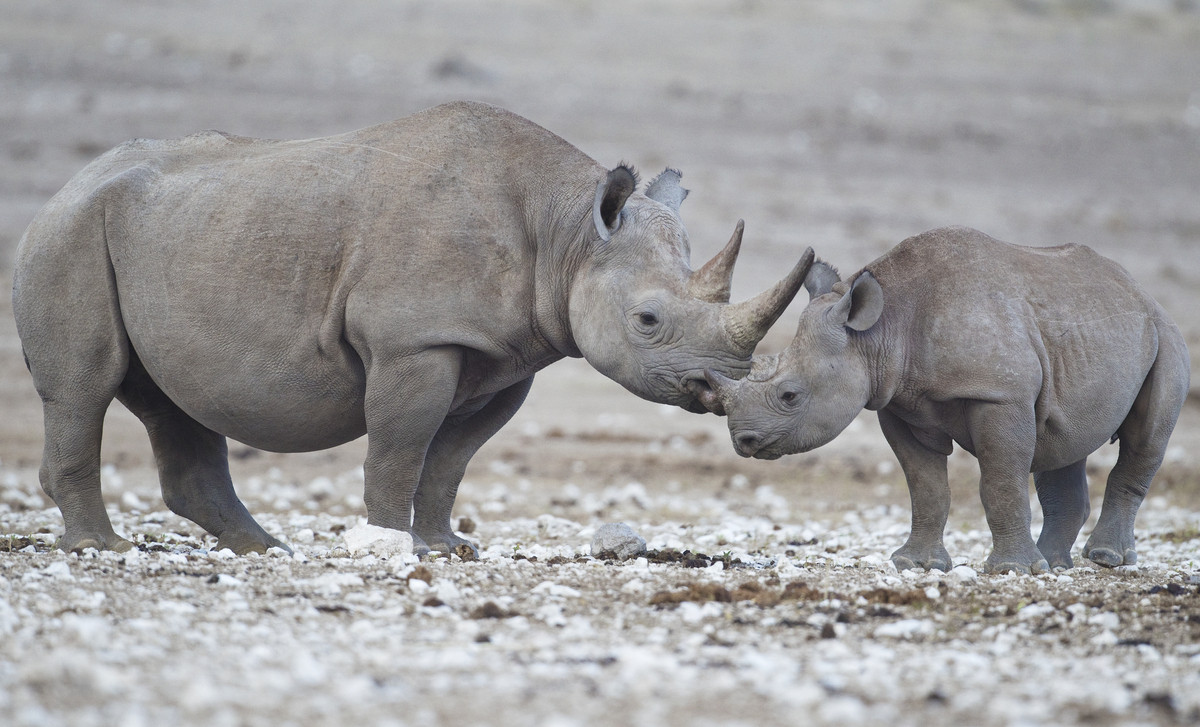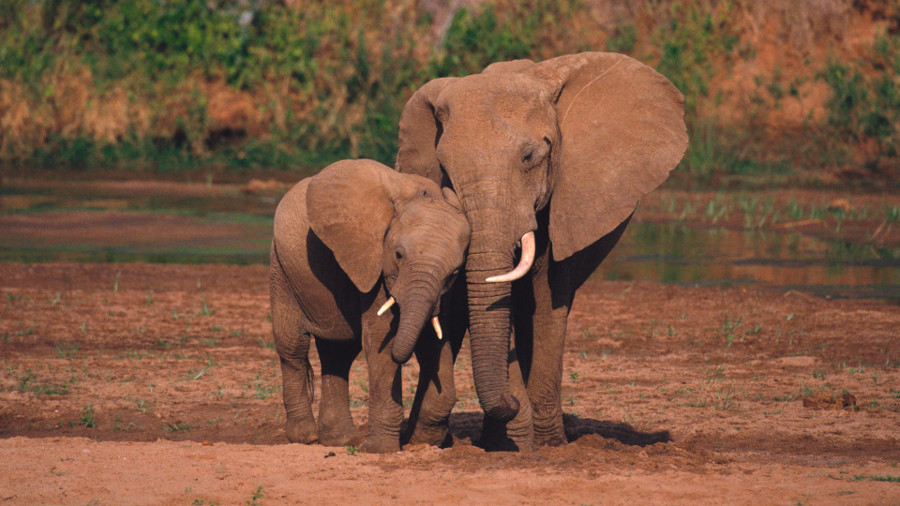A new study claims that the Earth is undergoing a sixth mass extinction, and human activities are responsible. The findings were published Monday in the journal Proceedings of the National Academy of Sciences.
The researchers noted the “biological annihilation” responsible for the massive loss of biodiversity could wipe up three-quarters of all species in the centuries to come.

Human activity is directly responsible for this biological annihilation, as activities like overpopulation, deforestation, pollution, poaching and weather events linked to climate change such as extreme heat and warming oceans are affecting thousands of species around the world and causing massive extinction among them.
Biological annihilation is wiping out vertebrate species at alarming rates
Gerardo Ceballos, an ecology professor at the Universidad Nacional Autónoma de México, conducted the study along with several co-authors, including Paul Ehrlich, a biologist at Stanford University. According to them, new evidence shows that hundreds of species are suffering and undergoing a rapid extinction in ways that were never before.
The researchers analyzed data on 27,600 species of birds, reptiles, amphibians, and mammals that make up for nearly half of all known terrestrial vertebrates.
“We find that the rate of population loss in terrestrial vertebrates is extremely high – even in ‘species of low concern,’” wrote the authors.
Over a third of the animals analyzed in the study are shrinking regarding their numbers and territorial range. The authors called the event an “extremely high degree of population decay.”
The researchers also found 177 mammals had lost over 30 percent of their territory between 1900 and 2015, and more than 40 percent of those animals -including orangutans, gorillas, rhinos, and some big cats- had experienced severe population decays, losing about 80 percent of their geographic range during that time.

The authors wrote that the massive and ongoing extinction that’s wiping out animals species in the world would have negative cascading consequences on many ecosystems that are vital to sustaining civilization. They believe this sixth mass extinction is far worse and more severe than previously thought.
The latest mass extinction wiped out dinosaurs off the face of the Earth
Anthony Barnosky, the executive director of the Jasper Ridge Biological Preserve at Stanford University, told CNN this is the most comprehensive study of its class to the date. He noted that the results shed light on a phenomenon typically unseen by scientists and the public: that even ‘common species’ are suffering decay in their numbers.
“We’ve got this stuff going on that we can’t really see because we’re not constantly counting numbers of individuals,” said Barnosky, who was not part of the study. “But when you realize that we’ve wiped out 50 percent of the Earth’s wildlife in the last 40 years, it doesn’t take complicated math to figure out that, if we keep cutting by half every 40 years, pretty soon there’s going to be nothing left.”
Earth has already undergone five mass extinction events in the past, during which most living species disappeared entirely. The last mass extinction known happened millions of years ago and was responsible for killing all the dinosaurs. However, in this scenario, no asteroid or natural disaster is to blame for the species’ extinction, only human activity.

The study said that during the last few decades, habitat loss, overexploitation, pollution, toxification, invasive organisms, and climate disruption –as well as the interactions among these causes- have led to the catastrophic decline in both size and numbers or populations of common and rare vertebrate species.
Furthermore, some species of mammals that were relatively safe from extinction one or two decades ago are now endangered, such as lions, cheetahs, and giraffes said the researchers.
‘Civilization depends utterly on the plants, animals, and microorganisms of Earth’
Most species have been suffering severe population declines, and while there are hundreds of conservational organizations and entities that attempt to protect these species, little has been achieved to save them.
Barnosky cited the example of the African elephant. Currently, there are around 400,000 African elephants in the world, which would seem like a big number. However, last century there were over 1 million elephants in the world, and if nothing’s done to preserve these animals, they could be completely extinct in 20 years, said Barnosky.
Ehrlich told the Guardian that their paper should serve as a severe warning to the survival of humanity.
“The serious warning in our paper needs to be heeded because civilization depends utterly on the plants, animals, and microorganisms of Earth that supply it with essential ecosystem services, ranging from crop pollination and protection to supplying food from the sea and maintaining a livable climate,” he said.
Ehrlich added that the time to act is short. He believes that, sadly, it will take a long time to humanely begin the population shrinkage required if humanity is to survive, but he noted that much could be done on the consumption and with “band-aids” –such as wildlife reserves- in the meantime.
Source: CNN
